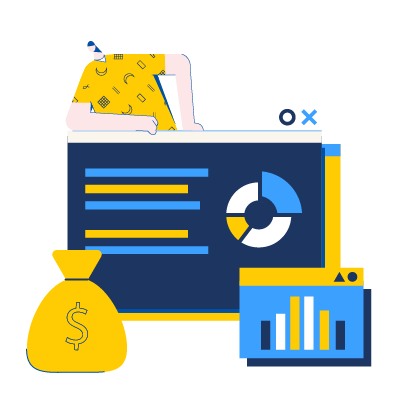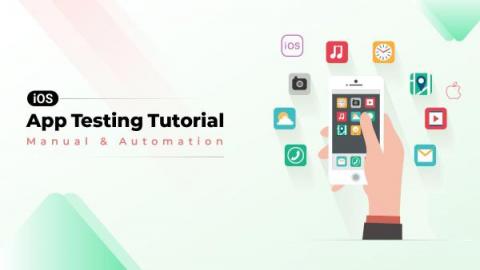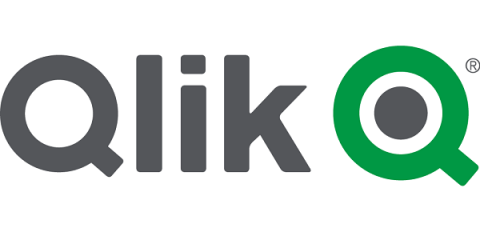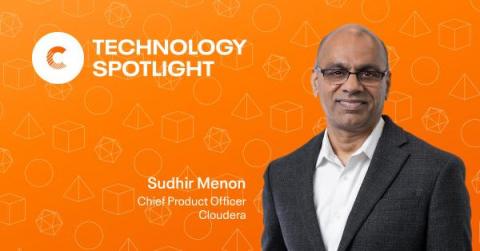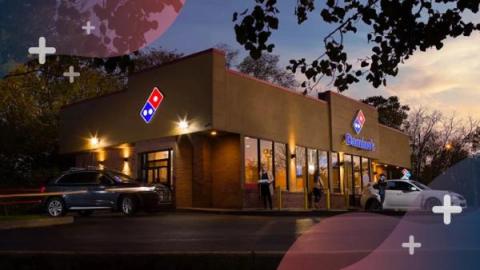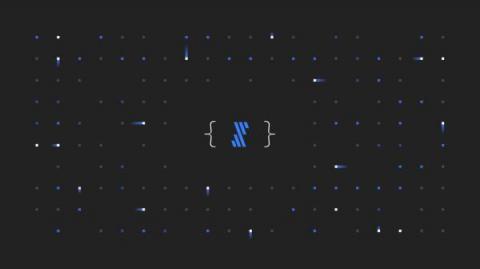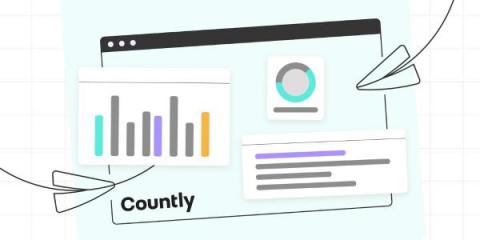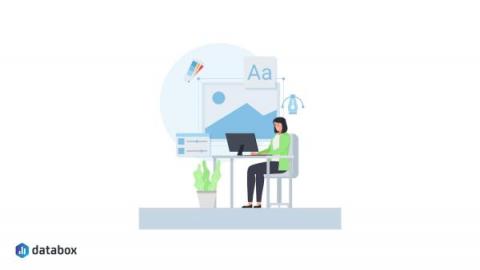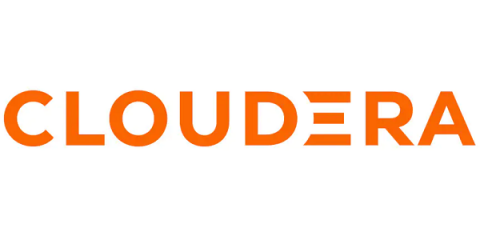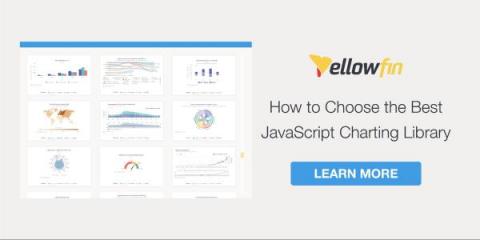Systems | Development | Analytics | API | Testing
Latest Posts
iOS App Testing Tutorial: Manual & Automation
In the 2018 WWDC talk, Tim Cook said, “We’re also happy to announce that this week we’re going to achieve another huge milestone. The money that developers have earned through the App Store will top $100 billion.” He further announced, “There are now 20 million registered developers on the App Store.” Although, this number might be way out of the ballpark considering that 2016 statistics showed just 2.8 million iOS application developers.
Analytics and the Need for Speed
Organizations today are expected to fully utilize their data to speed decisions and drive business value. Modern analytics can help.
Announcing GA of DataFlow Functions
Today, we’re excited to announce that DataFlow Functions (DFF), a feature within Cloudera DataFlow for the Public Cloud, is now generally available for AWS, Microsoft Azure, and Google Cloud Platform. DFF provides an efficient, cost optimized, scalable way to run NiFi flows in a completely serverless fashion. This is the first complete no-code, no-ops development experience for functions, allowing users to save time and resources.
Domino's new secret sauce? Real-time data & analytics with Talend
Domino’s Pizza, one of the world’s top restaurant brands, already knows how to translate data into great customer experiences and stronger sales with Talend. Over the past five years, the company has used Talend to integrate 100’s data sources into a single source of customer information — and has harnessed that data to improve everything from personalized promotions to logistics to financial forecasting. The latest ingredient to their success?
Fivetran's new and improved API reference
Developers already love Fivetran’s docs. Our new API reference gives them even more to love.
Achieving Product Analytics Maturity in Only 4 Steps
“What should you and your business focus on when trying to create better customer journeys and beat competition?” That was the question we asked Countly data captains (also known as Countly customers) when trying to determine how well they collect customer experience metrics and how well they were using that data to make data-driven decisions.
How to Build a Google Sheets Sales Dashboard in 5 Easy Steps
Serverless NiFi Flows with DataFlow Functions: The Next Step in the DataFlow Service Evolution
Cloudera DataFlow for the Public Cloud (CDF-PC) is a cloud-native service for Apache NiFi within the Cloudera Data Platform (CDP). CDF-PC enables organizations to take control of their data flows and eliminate ingestion silos by allowing developers to connect to any data source anywhere with any structure, process it, and deliver to any destination using a low-code authoring experience.


